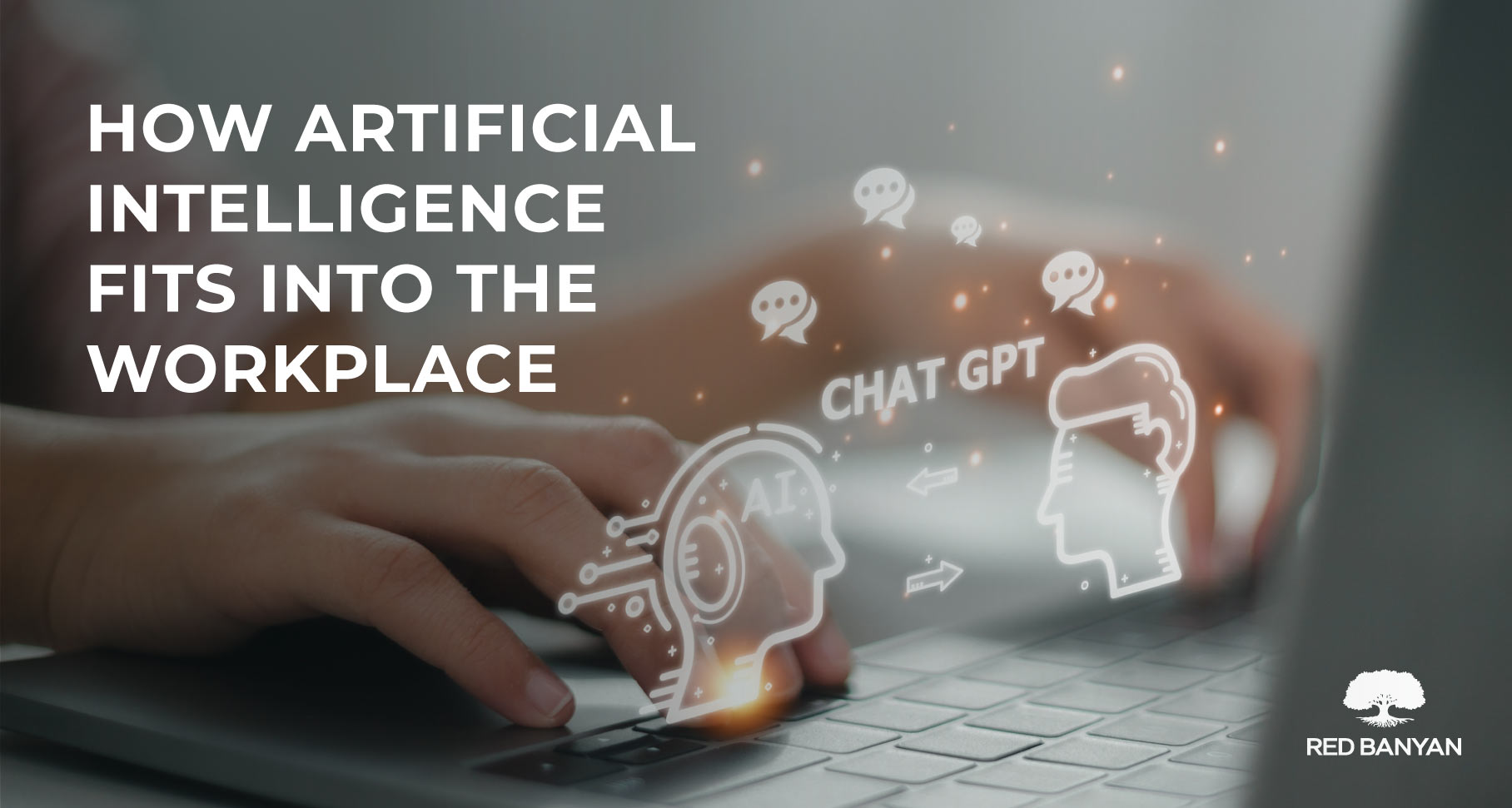How Artificial Intelligence Fits Into the Workplace
January 2, 2024 | Category: AI, Artificial Intelligence, Blog, Crisis PR, News

The potential benefits of artificial intelligence, or AI, in the workplace are evolving in real time as businesses discover ways to utilize this cutting-edge technology to become more efficient.
But integrating AI into the workplace requires careful thought and consideration.
AI is exceptionally good at rote tasks that do not require creativity or critical thinking. AI is already being used to operate automated chatbots which handle routine customer service inquiries. AI can also transfer data from spreadsheets into data bases and process large volumes of information to extract specific data. Other uses include email management, invoicing and billing, appointment scheduling and IT support.
Many businesses have already automated such tasks for speed and efficiency while others may still be trying to embrace new way this technology can help. While it’s possible that automation could eliminate certain jobs, forward-thinking companies would be smart to shift employee emphasis to jobs that require strategic thinking and creativity, which are not strengths of AI.
AI operates on data, and because of this, its algorithms can seize on and perpetuate biases in the data it is trained on. Machine bias in AI is something that occurs when an algorithm produces results that are systemically prejudiced due to erroneous assumptions in the machine learning process.
Egregious examples of such bias include a racist algorithm used to predict which patients would need more healthcare than others heavily favored white people over black; an algorithm used in the U.S. court system predicted twice as many false positives for recidivism for black offenders than white offenders; an algorithm used by Amazon to hire people was found to be biased against women.
Employees who use AI to crunch data should be aware of AI’s proven track record to produced biased results and work to ensure that the data used represents everyone equally and is not biased from the start. Social responsibility is important when compiling data that shows trends. Inherent bias will produce skewed results that can be harmful instead of helpful.
AI can also be used for employee monitoring, including monitoring keystrokes, eye tracking activity and other computer activity. But care must be taken with the use AI in remote work settings, as it could also be viewed as an invasion of privacy.
Employees rights are unclear at this time, because technology has outpaced the creation of laws governing the use of AI. Legislative reforms continue to lag as AI continues to march forward at a staggering pace.
Questions also abound regarding the creation of content because all what AI produces has been gleaned from other existing sources. What’s more, AI-generated content is often rife with grammar errors, typos and awkward sentence structures. Concerns about plagiarism have also been raised as this technology continues to evolve.
Employees who use AI to generate content must be vigilant about how that copy is used and understand its limitations. AI-generated copy must be original, high quality and relevant to rank in Google. Copy must meet the following guidelines: expertise, authoritativeness, trustworthiness and experience.
Interested in learning how you can incorporate AI into your workplace? Red Banyan’s team of communications experts have the experience and insight to help.

